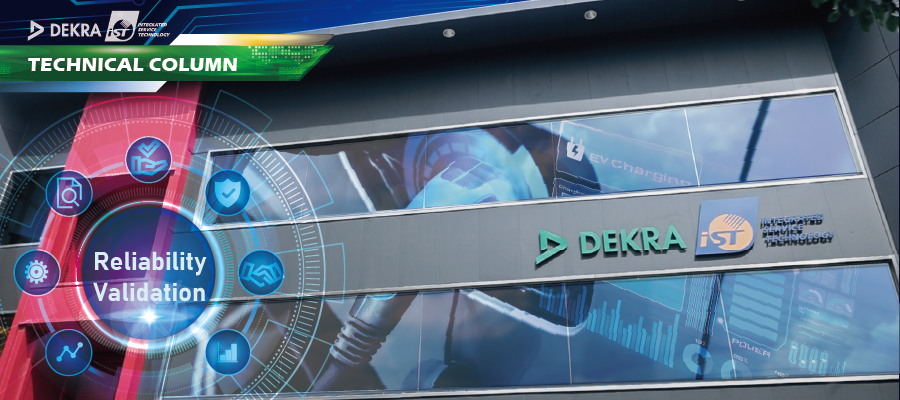
In recent years, governments around the world have worked to put a ban on new gas cars for the purposes of energy efficiency and carbon reduction, which has prompted the rise of electric vehicles. Furthermore, traditional car manufacturers have come to place emphasis on the vision of sustainable operation around ESG, “environment, social, and governance,” committed to reaching carbon neutrality by 2040 to 2050. These forces drive electric vehicles on the mainstream road through electric motor with a view to decreasing emissions of gasoline.
What are the incentives and considerations when people purchase an electric vehicle from the perspective of a consumer? The following summarize some contributing factors.
- Environmental protection, energy saving, carbon reduction: They want to be kind and contribute to the earth.
- Saving fuel expense: The oil price continues to soar. An energy crisis may break out anytime. It seems feasible to replace gasoline with electric power.
- Lessening range anxiety: The electric vehicles currently on the market can run up to 400-500km. The anxiety resulting from range limitation is declining.
- Number of charging stations: For consumers who use a car mostly to commute, they can meet the daily charging demand for a short driving distance by installing a charging station at home. But for families who need to travel a long distance or set out on a long trip, they should deal with issues, like where they can charge the car along the journey, how long it takes to charge, if there is a line up at the charging station, and if a charging station works well.
Therefore, to clear up consumers’ concerns and encourage them to opt for electric vehicles, wider installation of charging stations is one of the prerequisites. However, the quality and reliability of charging stations are a key that influences consumption experience. If a consumer comes and finds the charging equipment broken, or quality and even safety issues occur during their use, they are highly likely to build distrust of the electric vehicle products.
About charging stations: 4 levels of EV chargers
A charging station is the electric vehicle supply equipment (referred to as EVSE) that supplies electrical power for charging plug-in electric vehicles, just like the fueling equipment of a gas car. Different EV adoption requires respective charging levels. The SAE J1772 standard defines four levels of charging based on the voltage and current input, as shown in Figure 1.
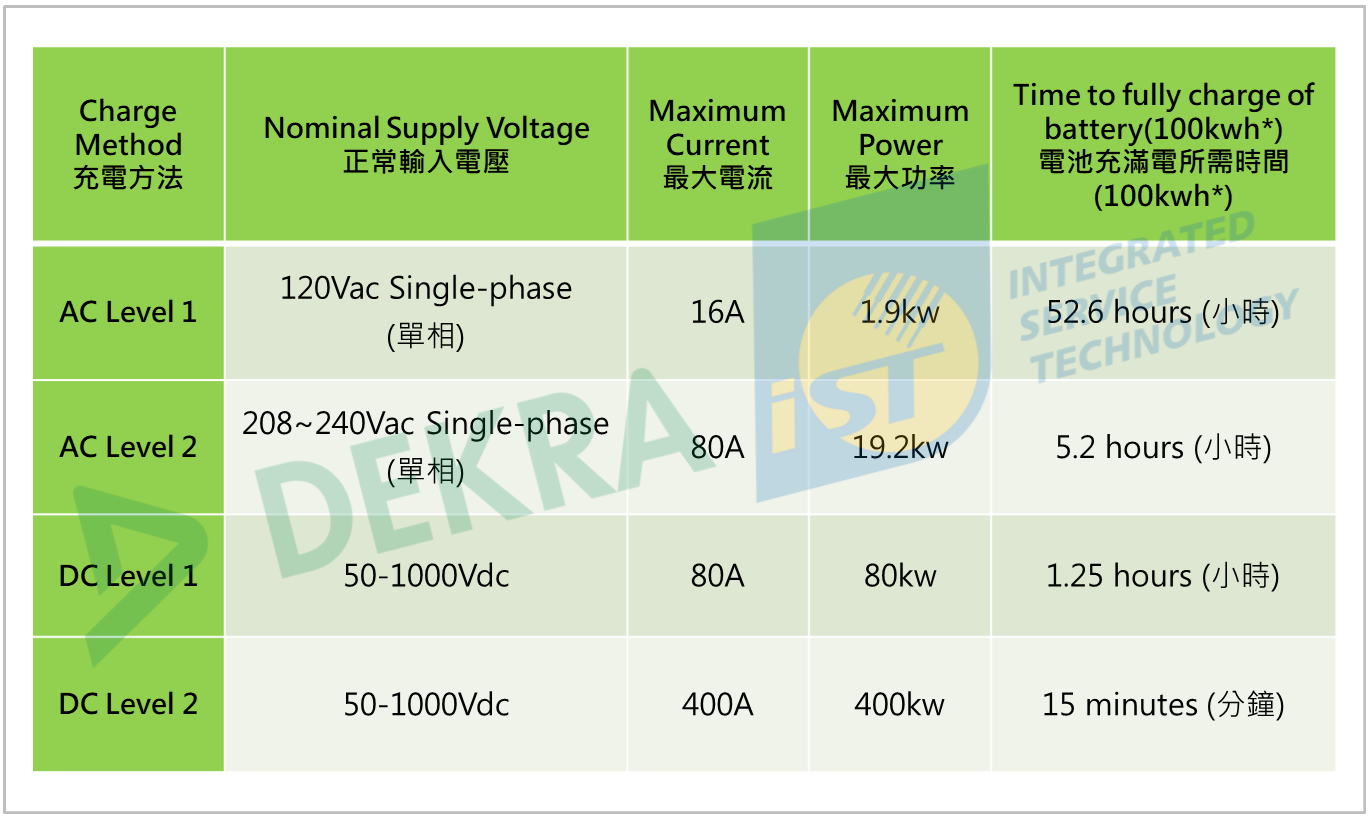
圖 1: 4 levels of EV chargers
Note: Under the current advancement in electric vehicles, a battery with a 100kwh capacity can cover more than 400km before it needs recharging.
The above-mentioned AC Level charger is less seen in the market for it is too slow, so the major charger for both domestic and public use in Taiwan is AC Level 2 charger with 220 Vac, 40A, and 8.8kW of power. It takes 11.3 hours for a 100kwh battery to be fully charged. The battery can cover extra 35km for every hour of charging. Moreover, there are also some fast-charging stations, such as the Tesla Supercharger. Its charging station reaches 250kW of power, equivalent to the DC Level 2 charger, and it can fully charge an electric car with a 100kwh battery in 24 minutes. The vehicle can run extra 250km for every 15 minutes of charging. This is also one of the most common charging stations that consumers in Taiwan have used.
Reliability of a charging station entails both charging performance and safety norms
The primary function of a charging station is to charge the battery of an electric vehicle. Charging performance is regarded as priority, but what also matters is to ensure users’ safety. Thus, the significance of safety measures cannot be ignored. Common testing requirements for safety are illustrated as follows.
- Insulation resistance:According to the IEC 61851-22 standard, the insulation resistance value should be over 7MΩ when measured on the surface while voltage is applied at 500 Vdc for 60 seconds. This demonstrates a certain degree of insulation between the conductor and non-conductor inside the product so as to avoid electric shock.
- Dielectric withstand voltage:According to the IEC 61851-22 standard, electrical breakdown and short circuit must not happen when measured on the surface while voltage is applied at 2000~4000Vac for 60 seconds. This demonstrates that the product can function at high voltage to some extent, and will not cause damage that indirectly puts users at risk because of surges.
- Protection against dust and moisture:According to the IEC 61851-22 standard, the product should conform to IP44 and above in accordance with the IEC 60529 standard. The requirement for IP4X is protection against solid objects larger than 1mm, namely wires, to avoid contact with the circuit that could be hazardous. The requirement for IPX4 is protection against splashing water from any direction. Water on the surface or inside the product cover is not permitted to avoid potential risks, such as short circuit, breakdown, electric shock, and so on.
- Maximum Surface Temperature::To prevent users from being hurt by high temperature, the temperature of handheld items should not exceed 50°C (metal) and 60°C (non-metal). On the contrary, for items that are not handheld but could possibly be touched, the temperature should not exceed 60°C (metal) and 85°C (non-metal).
- Temperature rise:According to the IEC 62196-1 requirements, the temperature rise should not exceed 50°C if equal amount of current is applied to connecting wires of different sizes.
Some customer bases (like major car manufacturers) who pursue extremely high product quality not only request for review before and after the regular tests, but also insist on monitoring the signal of control pilot (CP, a communication line used between the car and the EVSE, can be manipulated by vehicle to initiate charging) during the tests. Data, like output voltage, current, CP signal (voltage, frequency, and duty ratio), should be recorded all the time. In addition, some testing items involve charging conditions of on/off cycle. In that case, customers are more inclined to seeing automatic switch from the CP signal of a charging station (meaning State A -> State B -> State C -> Start charging -> Continue charging -> Discharge -> State C -> State B -> State A). They would like to perform simulation of actual operation during testing. A laboratory must have the capacity of highly automated control to fulfill the customers’ testing requirements.
The criteria of reliability testing for a charging station: commercial grade, industrial grade, or automotive grade?
Faced with a variety of customers’ requirements, the DEKRA iST laboratory may conduct testing in commercial grade, industrial grade, or automotive grade. Suppliers using commercial grade testing consider a charging station as electronics. The product will not cause harm to users in case of breakdowns, as after-sales repair is provided when it doesn’t work. By contrast, customers who emphasize brand values tend to adopt industrial grade or even automotive grade for the tests. The charging stations currently on the market are marked with the logo of a car manufacturer, which explains that they have undergone automotive-grade validation. The differences of three testing criteria are displayed in Figure 2.
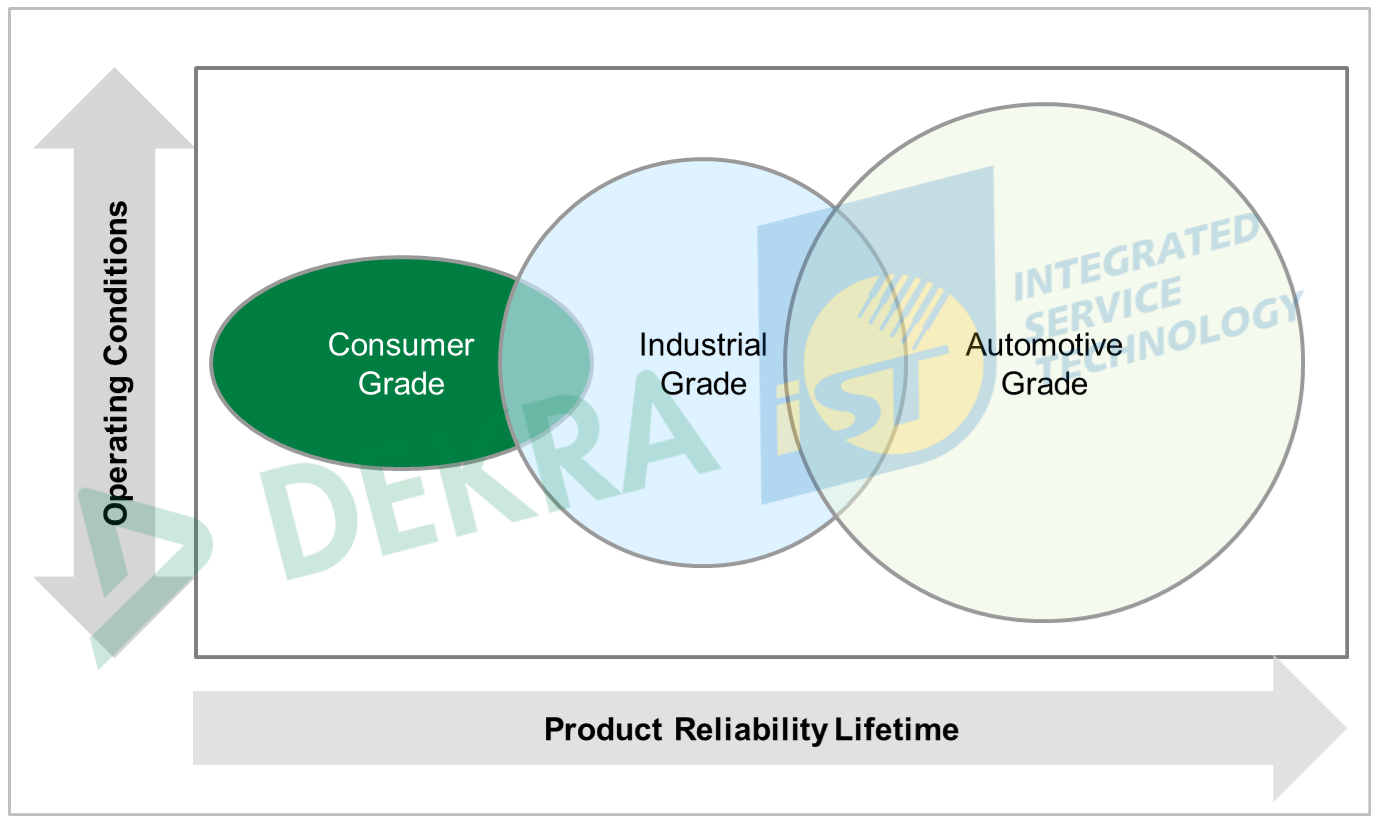
Figure 2: The differences of three testing criteria
Reference: DEKRA iST
Reference: DEKRA iST
In the case of commercial grade, the working environment and expected life cycle can basically meet the consumers’ needs. Nevertheless, the automotive-grade standard is more rigorous, where the product life cycle should be over 10 years, as set in the criteria. Testing hours or number of cycles will be calculated through an acceleration model to make sure that the quality is aligned with the requested design of life cycle. Besides, the number of automotive-grade testing sample should be at least 3 or 6 in order to elevate the confidence level of the testing result. The biggest distinction of automotive-grade validation lies in multiple tests of a sequence plan, as shown in Figure 3 (in reference to ISO 16750).
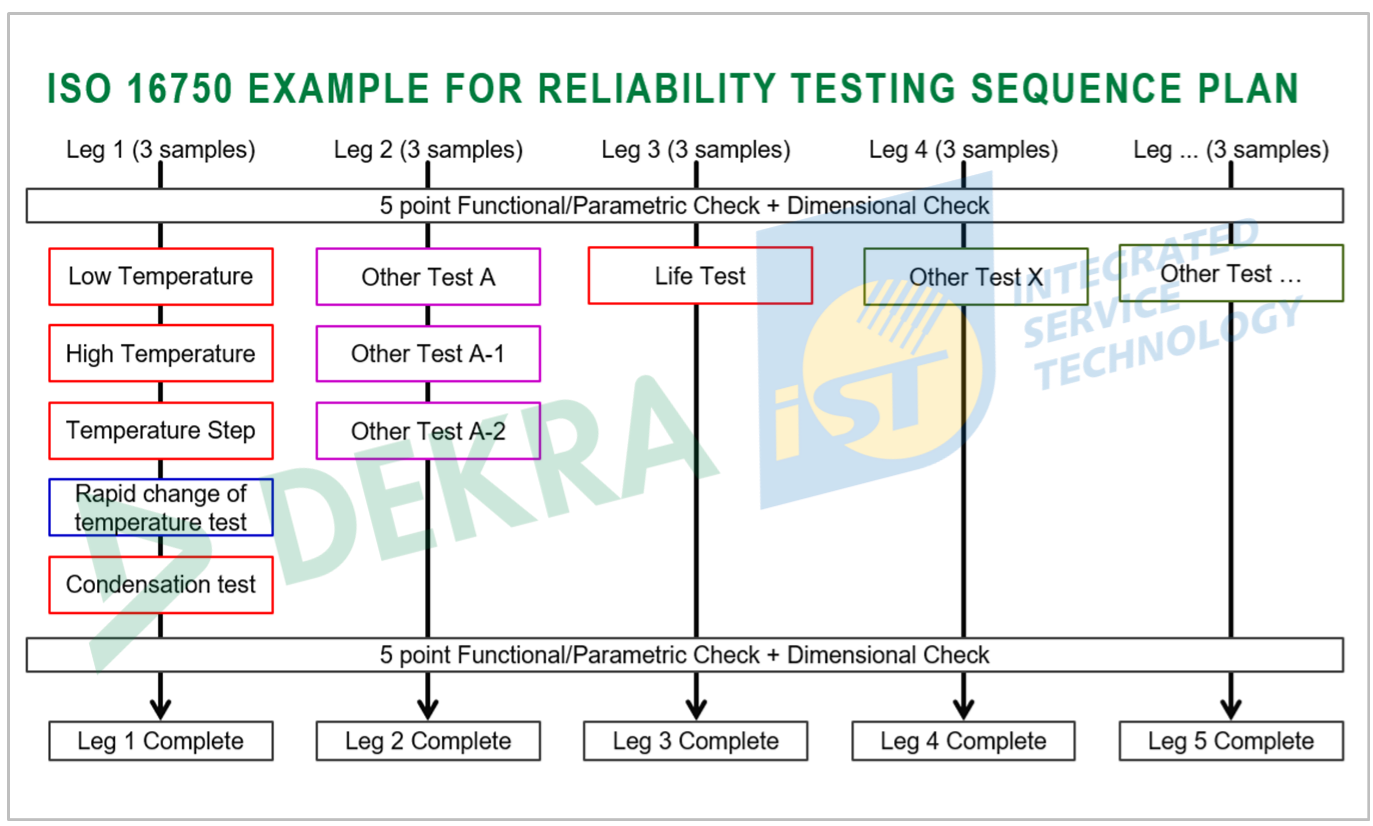
Figure 3: ISO 16750 example for reliability testing sequence plan
Reference: DEKRA iST
Reference: DEKRA iST
One sample should go through multiple testing items in a row, as appeared in Figure 3 (Leg 1:Low Temp.->High Temp. ->…). Given the fact that a product can be put under miscellaneous environment conditions in its life cycle, whether different environmental stress will lead to product failure is a special concern in car-grade validation tests.
To conclude the focal points of automotive-grade validation:
- 10+ years of product life design
- Multiple samples for validation to reach a higher confidence level
- Multiple tests in sequence to process various environmental stress
DEKRA iST offers the largest reliability testing capacity for a charging station
At present, the power of the mainstream charging station is 8.8kw and above. This indicates that a laboratory should be equipped with over 10kw of AC power supply and AC electronic loads. The capacity can be even leveled up with the presence of high-performance humidity-temperature meters which properly control testing parameters under high-power conditions. When automotive-grade criteria are utilized, it is significantly challenging for a laboratory to run numerous reliability tests on multiple samples. Therefore, to generate successful results, a laboratory should be able to house several humidity and temperature cabinets, coupled with sufficient power supply, electronic loads, and power configurations in terms of hardware. On top of the demanding requirements for hardware, personnel should also possess expertise and experience in charging stations, including control of test timeline and use of automated control software. Only by combining the features of both hardware and software can customers’ needs be satisfied. DEKRA iST provides complete testing capabilities to strictly monitor the quality of charging stations, help customers enhance their brand value, and jointly dominate the electric vehicle market.
Reference: https://www.gminsights.com/industry-analysis/electric-vehicle-charging-station-market
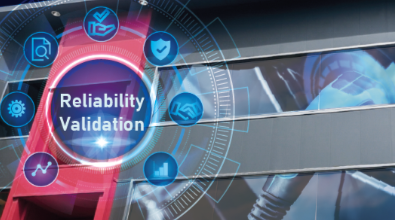
To make all your PROBLEMS SOLVED, we provide professional consultant and service.
For more information or service, please feel free to email to 📧 sos@dekra-ist.com




